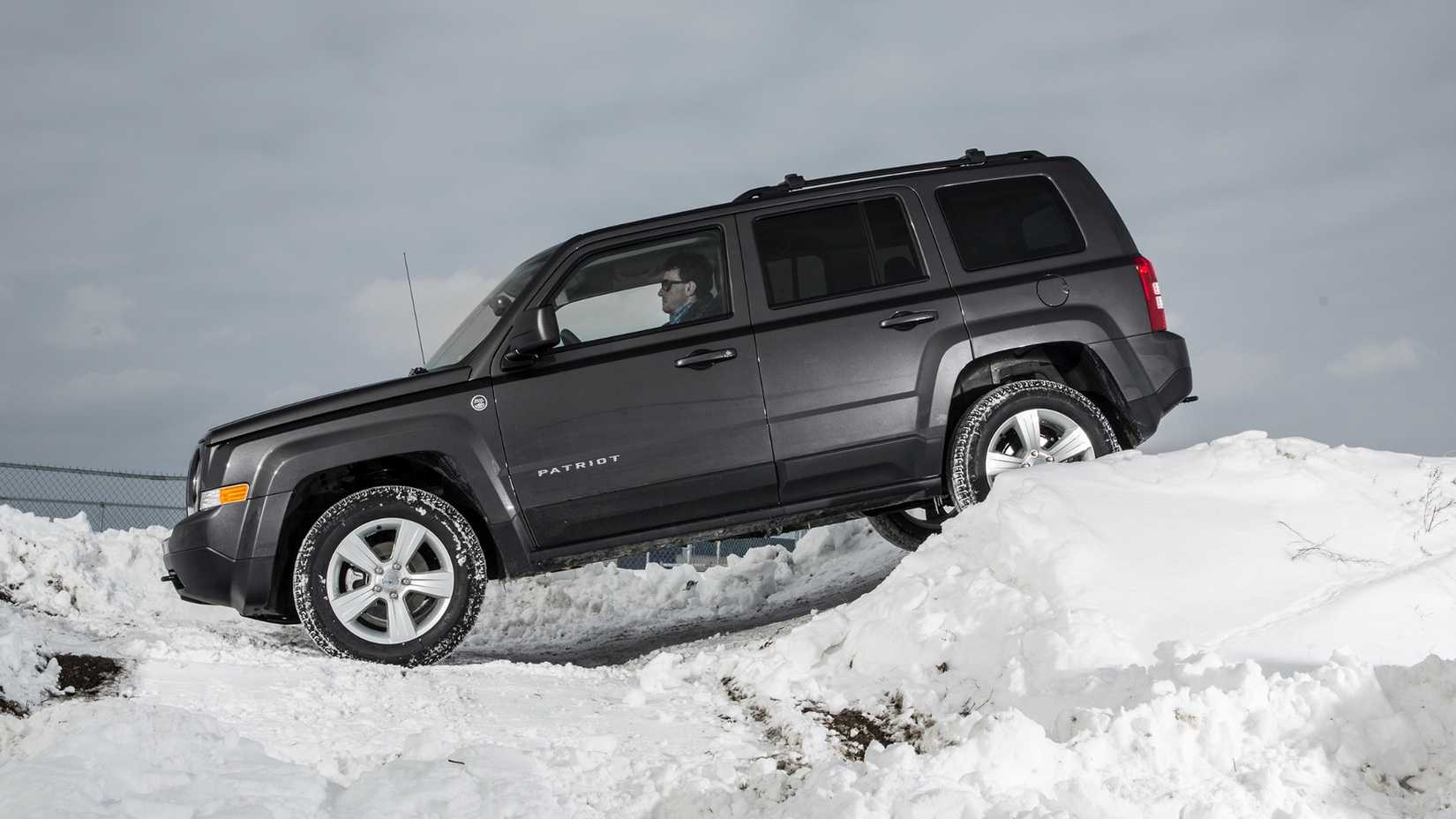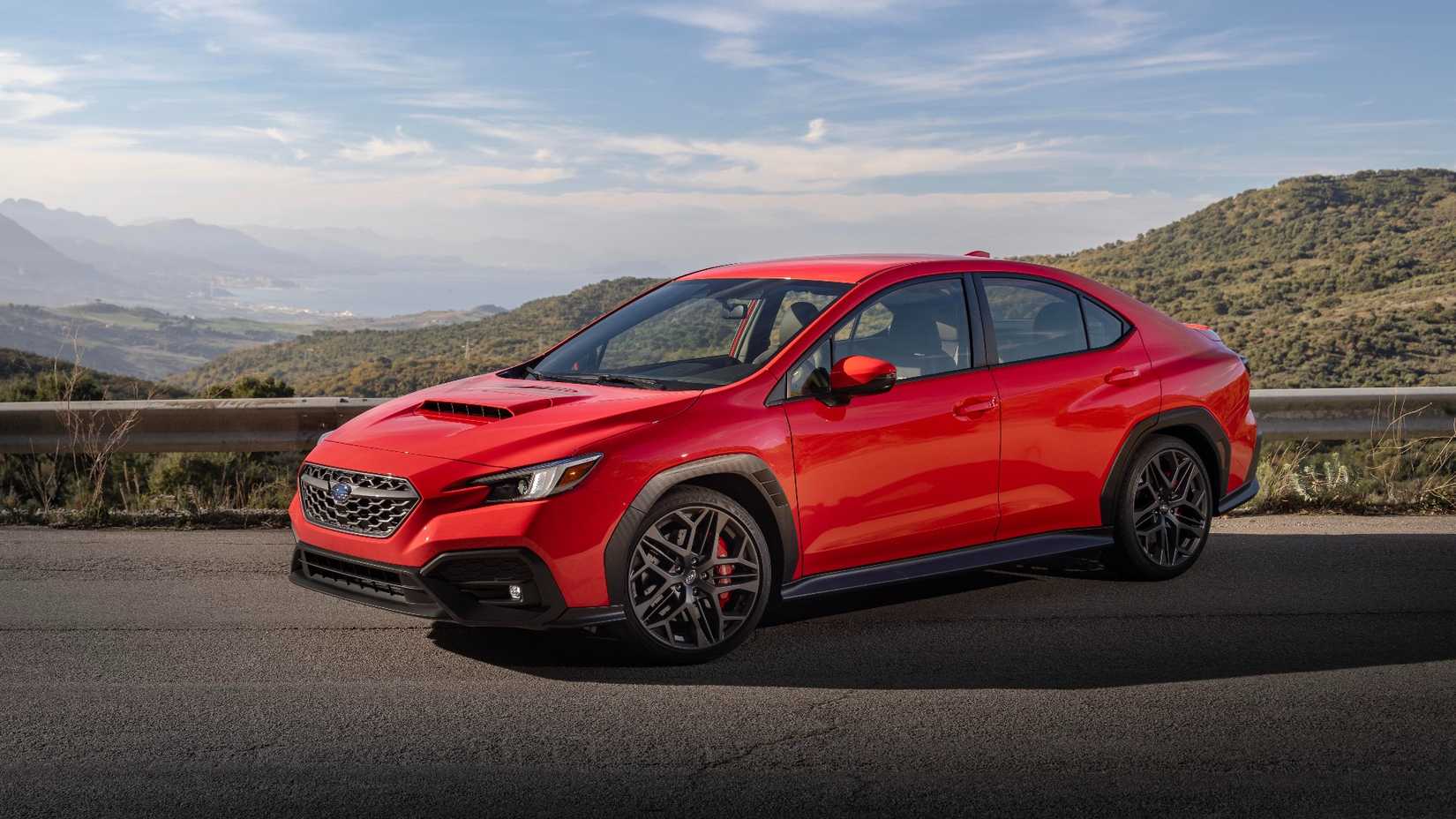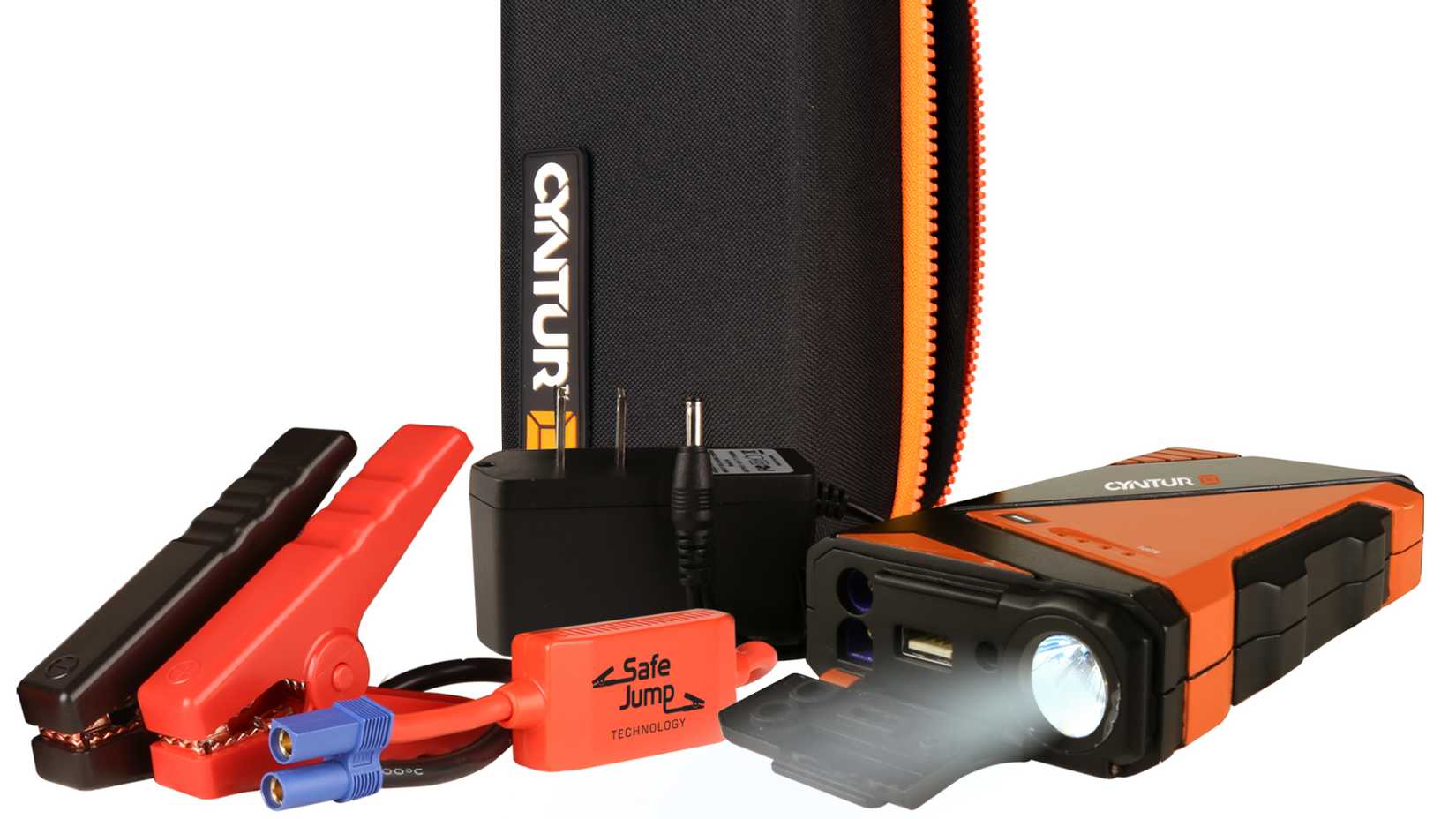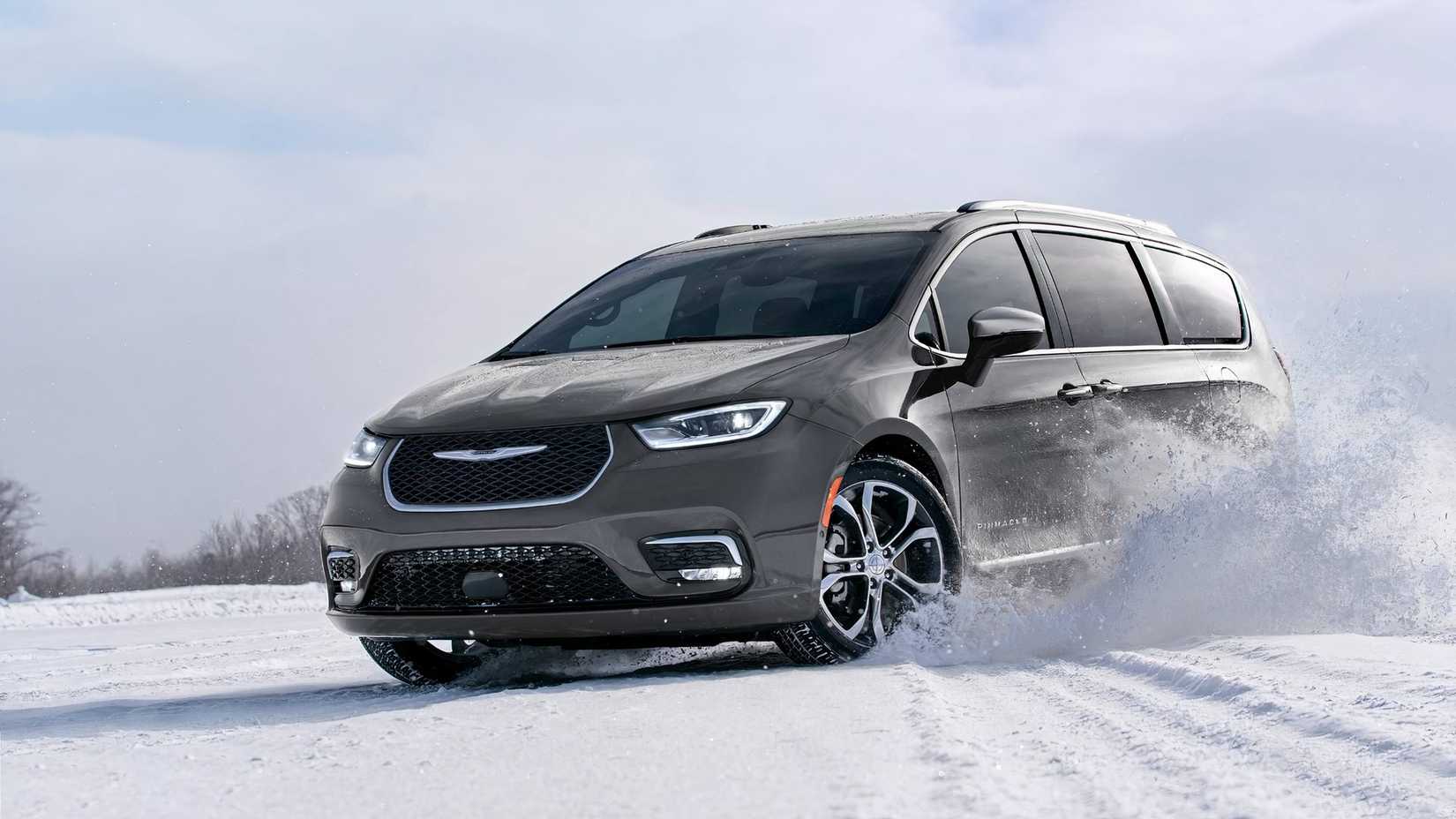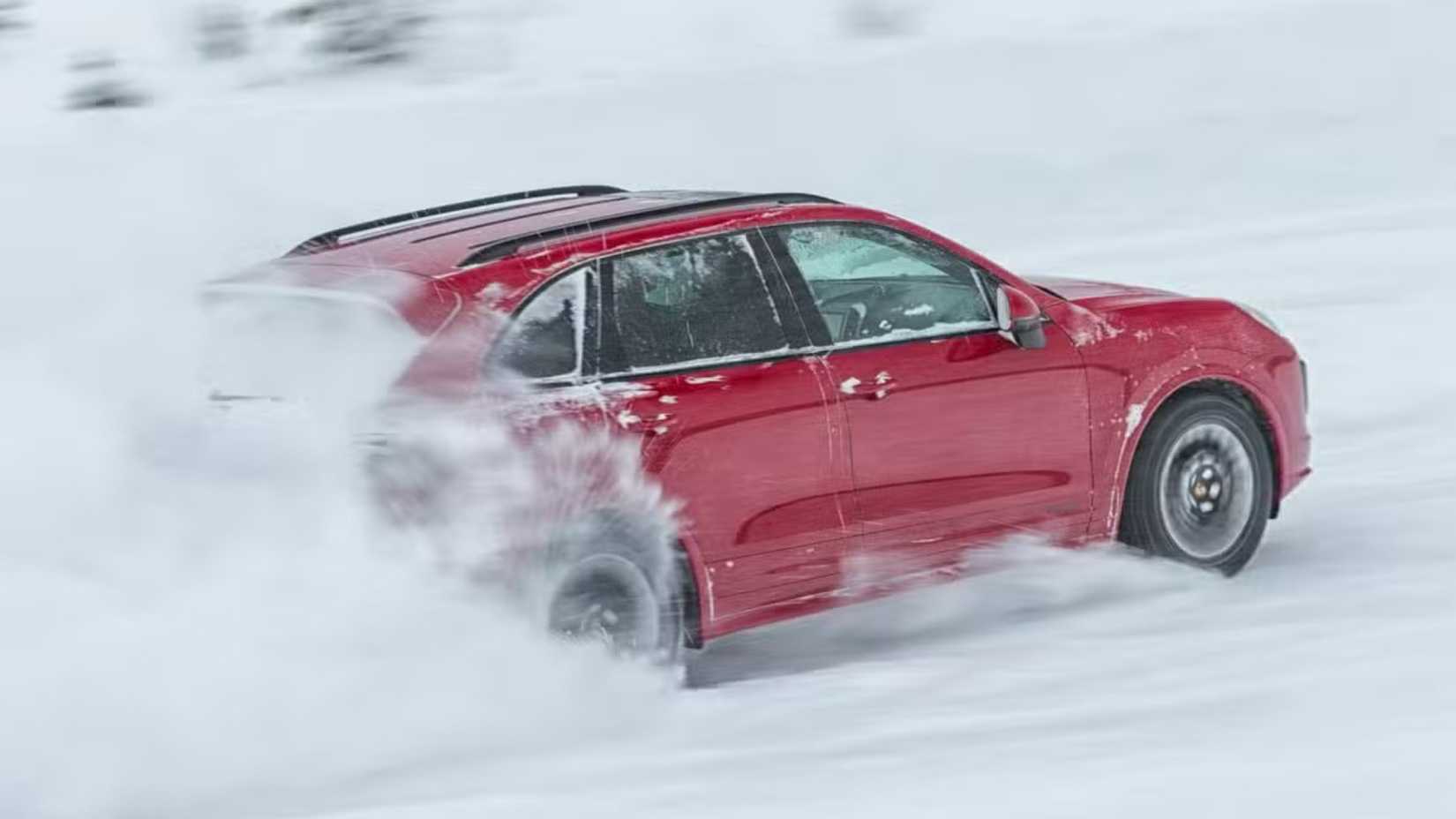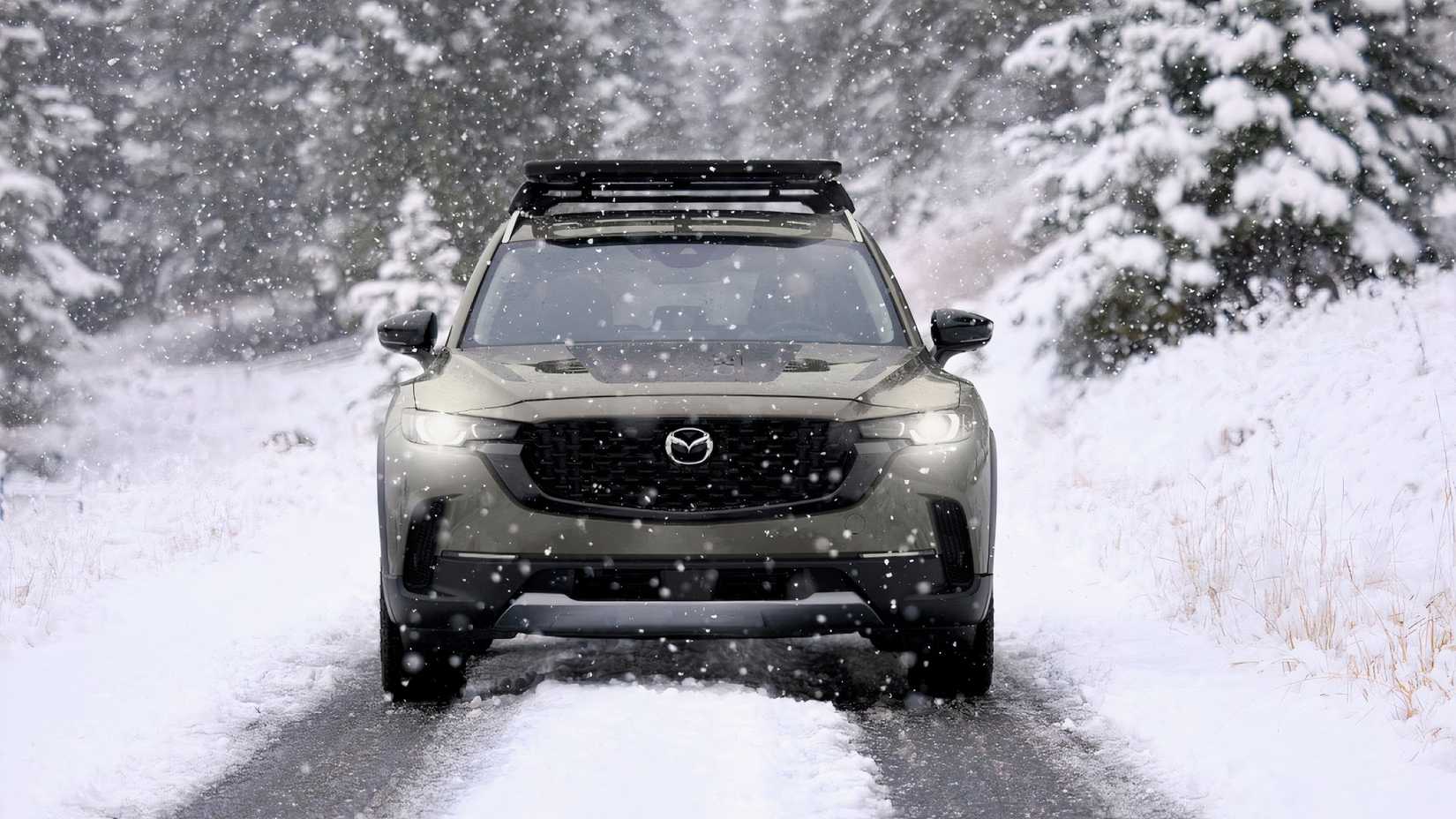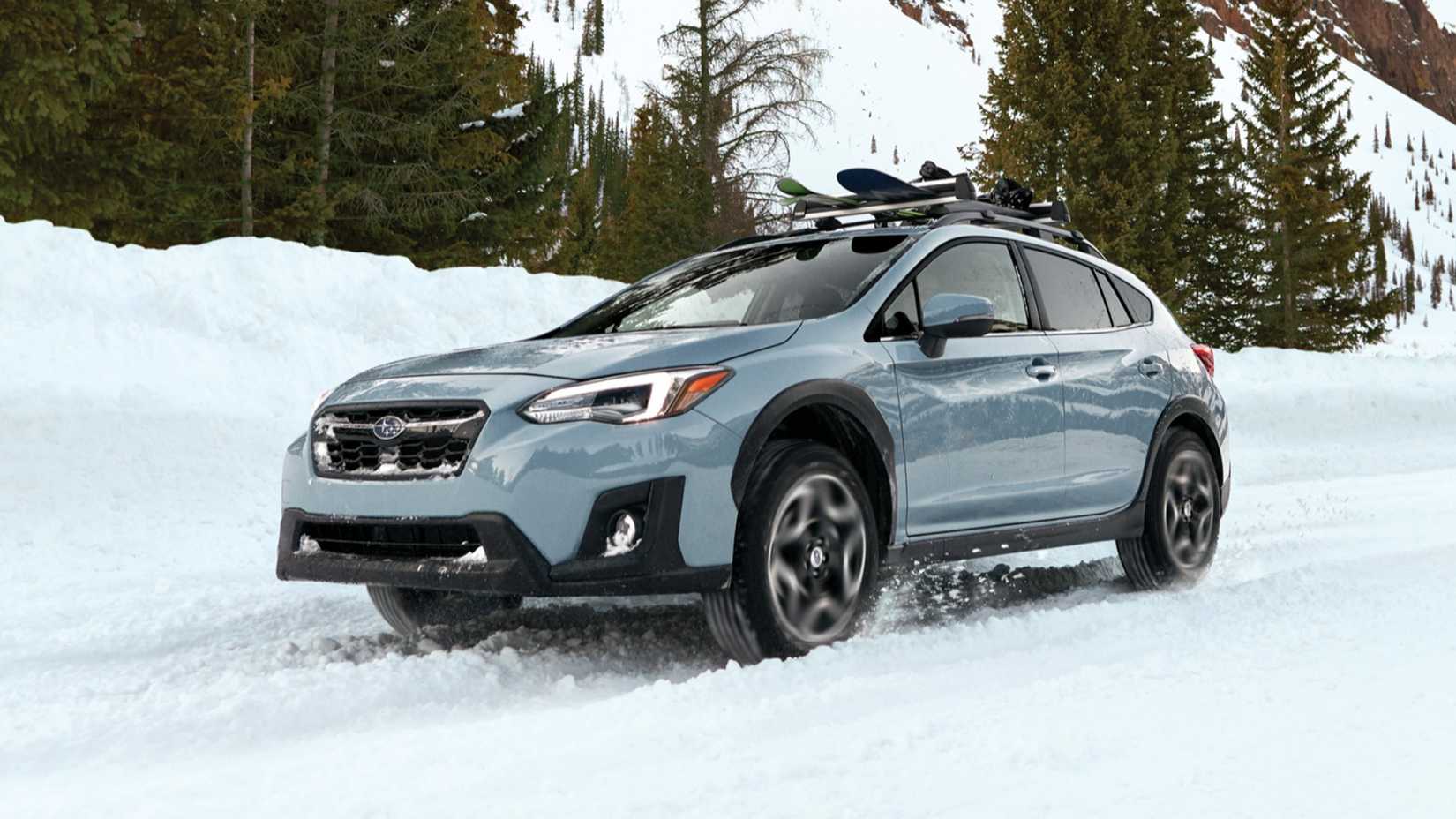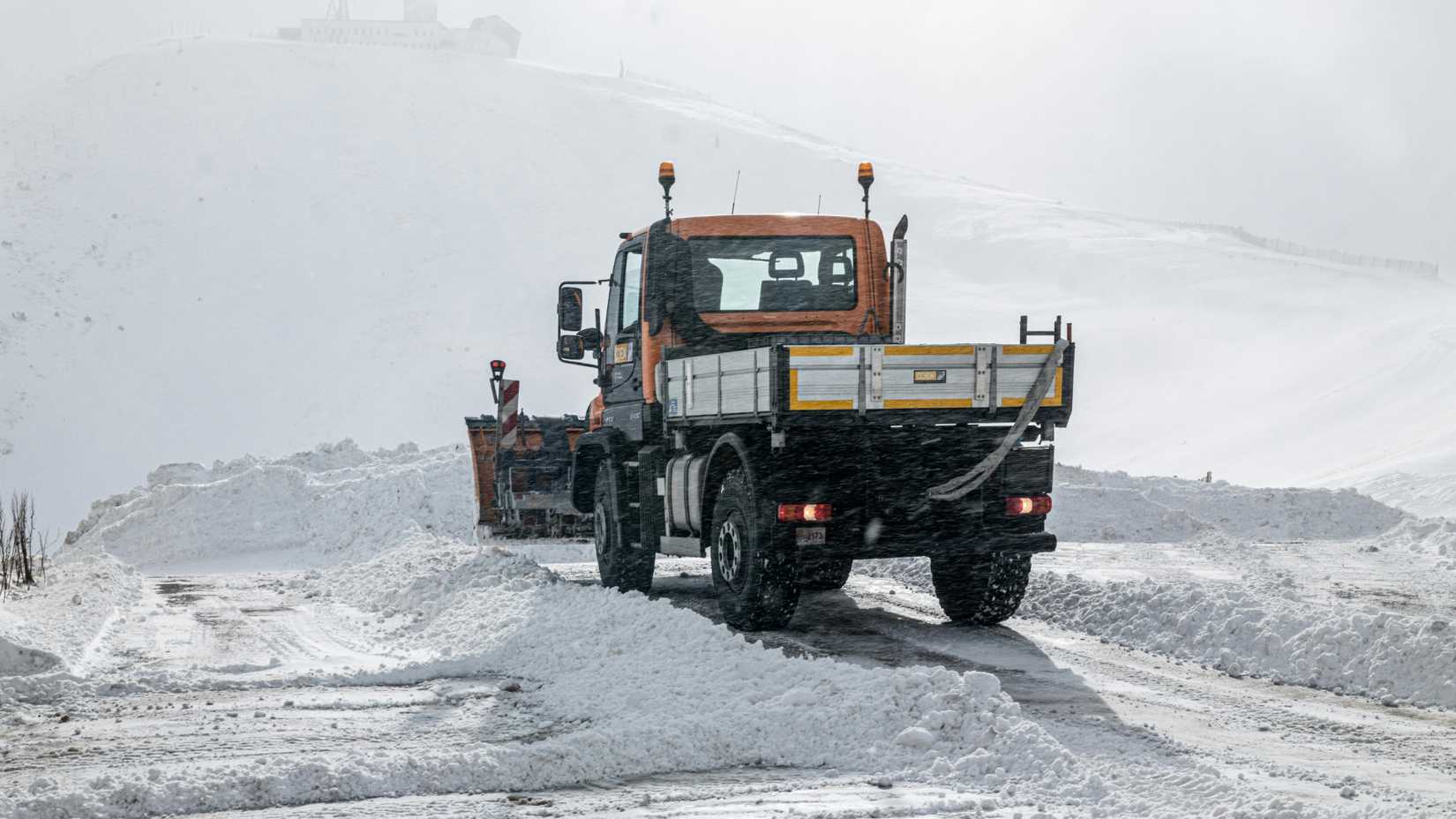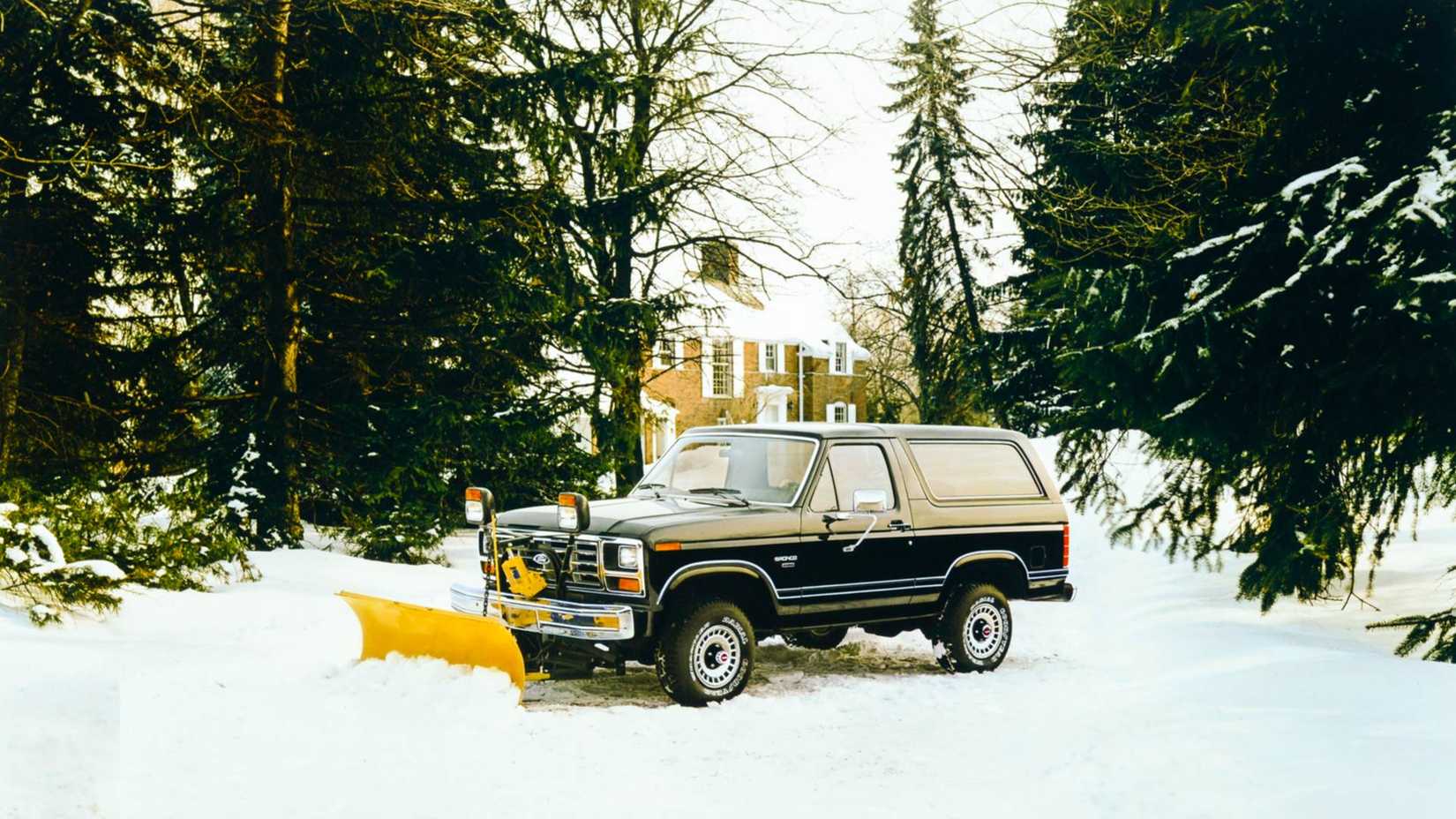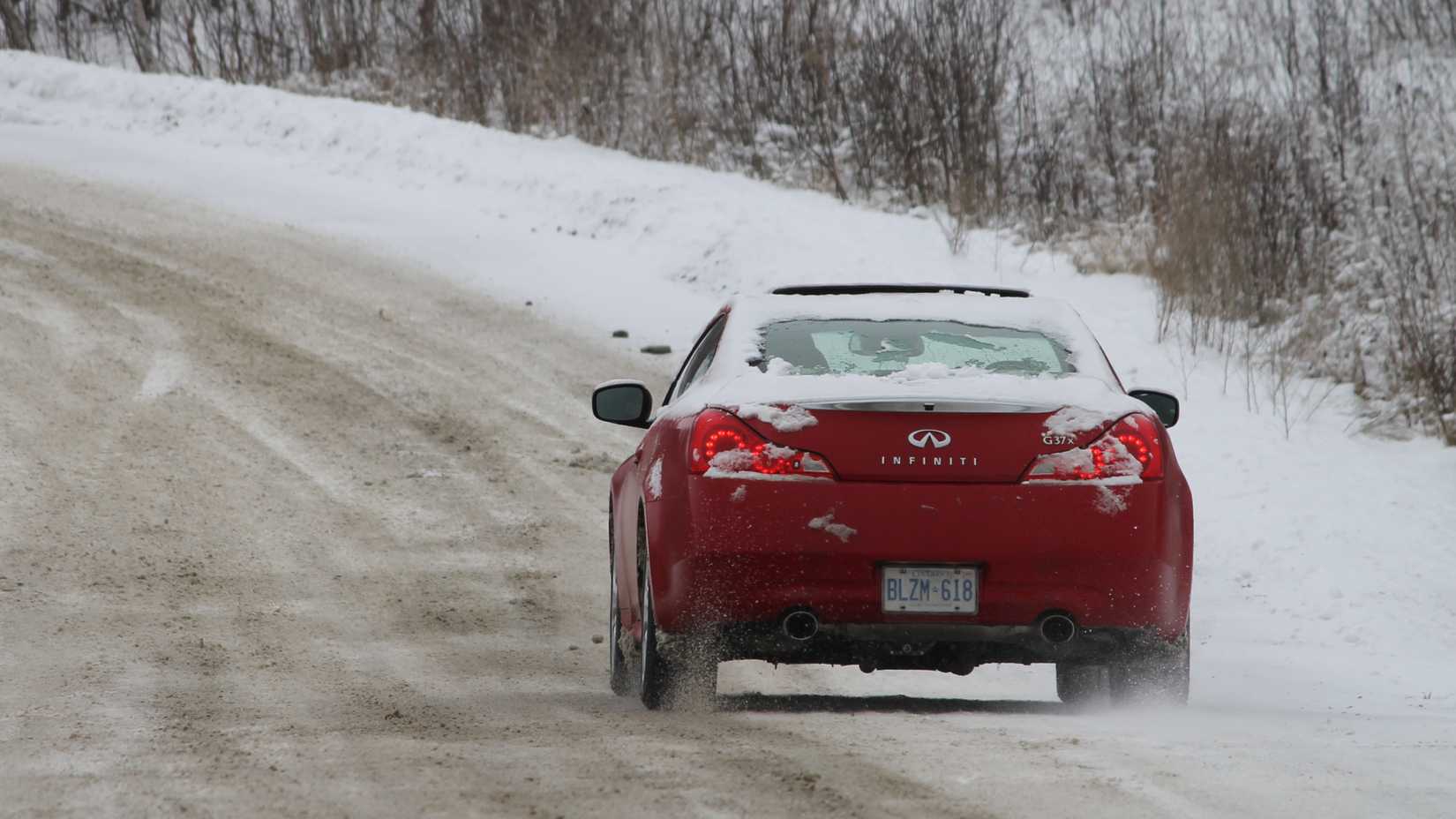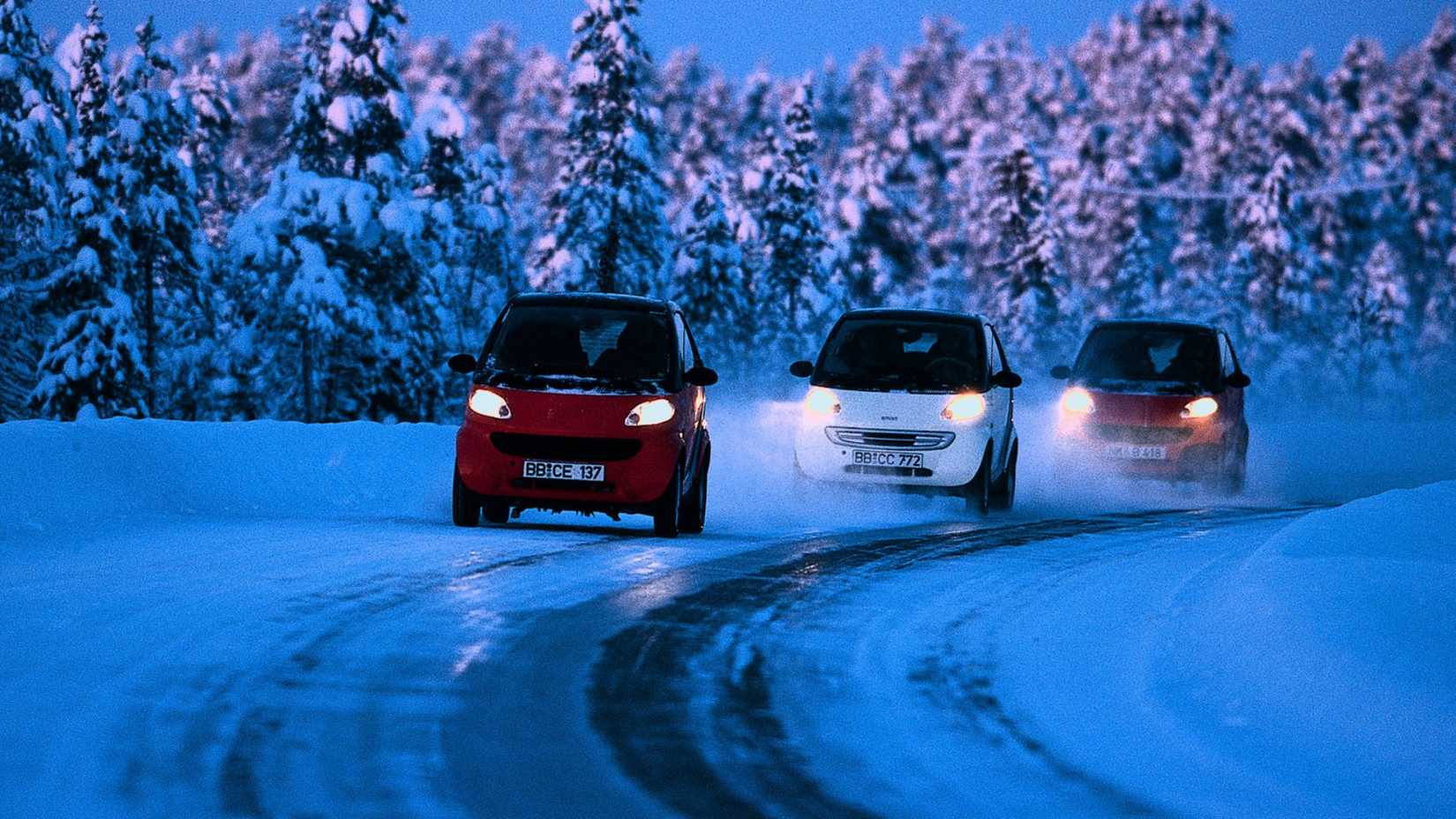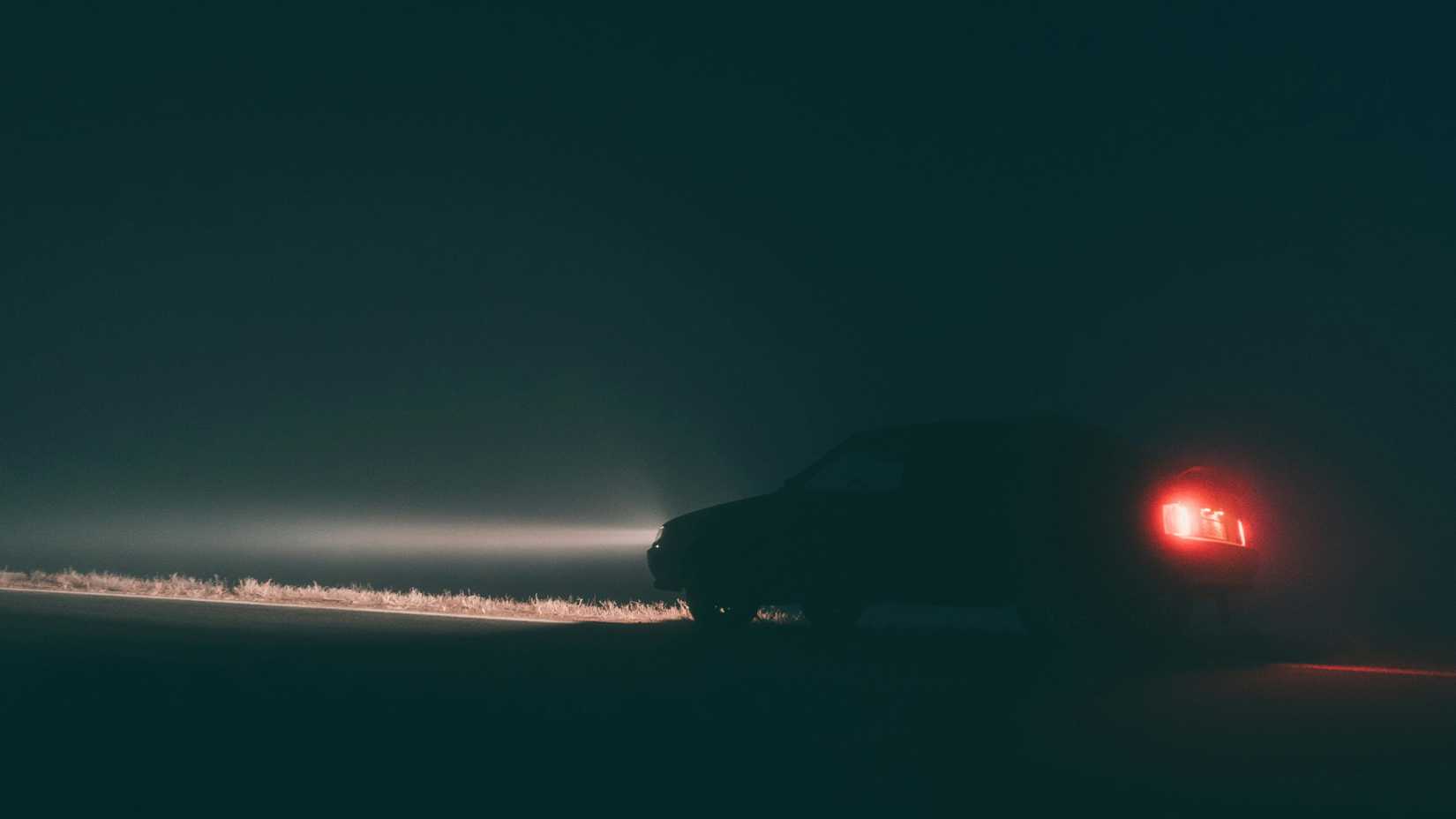As someone who has spent nearly two decades testing vehicles in the harshest winter conditions, I’ve faced more than my fair share of icy roads, blizzards, and breakdowns in the middle of nowhere. Those experiences taught me one thing for sure — having the right Winter Car Emergency Kit Essentials isn’t optional; it’s a lifesaver when things go wrong.
Before the first snow hits, it’s smart to prepare for whatever winter throws your way. In this guide, I’ll walk you through the must-have Winter Car Emergency Kit Essentials and share practical tips to keep you safe when temperatures drop. I’m currently gearing up to set up a new winter emergency kit for my 2025 Subaru WRX (yes, the manual one), and I highly recommend you do the same — because being prepared can make all the difference when conditions turn rough.
After driving hundreds of thousands of miles in subzero weather over the past two decades, I’ve learned that most people don’t give much thought to winter survival gear until it’s too late. Let’s be honest — it’s not the most exciting topic. Emergency kits don’t have the appeal of performance mods or shiny accessories, but when you’re stranded in a snowstorm, they suddenly become the most valuable part of your car.
| 2025 Subaru WRX | |
|---|---|
| Engine | 2.4-Liter flat-four turbocharged gas |
| Power | 271 hp @ 5,600 rpm |
| Torque | 258 lb-ft @ 2,000–4,800 rpm |
| Drivetrain | All-Wheel Drive |
| Transmission | Six-Speed Manual Transmission |
| 0-60 mph | 5.4 Seconds |
The truth is, this may not be the most exciting topic — but it could literally save your life, or the life of anyone driving your vehicle. A proper set of Winter Car Emergency Kit Essentials can turn a dangerous situation into a manageable one when the unexpected happens.
Whether you’re a seasoned winter driver, a beginner facing icy roads for the first time, or a parent teaching a teen how to stay safe behind the wheel, one rule always applies: it’s better to be prepared than regretful. When it comes to winter driving, safety isn’t optional — it’s essential.
Storage Matters: Don’t Shoot Your Booster Pack In The Foot
It almost goes without saying — having a reliable source of backup power is one of the smartest Winter Car Emergency Kit Essentials you can include. Still, there are a few important things to keep in mind. A standard battery bank can recharge your phone or flashlight, but it won’t help if your car battery dies in the freezing cold. That’s where a dedicated jump starter, or booster pack, really proves its worth.
A quality booster pack can not only power up your phone several times but also bring a dead engine back to life — no need for another vehicle. Many of today’s compact models are powerful, easy to store, and designed for quick roadside use, making them a must-have for any winter driver.
One more tip: cold weather is tough on batteries. To get the most life and performance out of your portable power gear, keep it charged and stored indoors whenever possible. Batteries perform best when warm, so give them a little protection from the cold — they’ll be ready to help when you really need them.
Spare Wipers
Picture this: it’s late at night, you’re heading home from work through a mix of light snow and freezing rain, when suddenly your driver’s side wiper blade snaps off and flies into traffic — right under the tires of an oncoming car. In an instant, you’re nearly blind behind the wheel, squinting through streaks of slush just to stay on the road.
After pulling over safely, the questions start running through your mind. Was it the automatic car wash? Did I hit the wiper too hard while clearing off ice? Or maybe my scraper caught it just wrong? Whatever the cause, one thing’s for sure — without a spare wiper blade or the right Winter Car Emergency Kit Essentials, a simple failure like this can quickly turn into a serious safety risk.
Either way, your wiper blade is done for — and so is your trip, at least until the rain stops and the roads dry out. That could take hours. Want an easier solution? Keep a set of spare wiper blades in your trunk. It’s one of those small Winter Car Emergency Kit Essentials that can save you a huge headache when bad weather hits.
The second time I lost a wiper blade, I actually laughed — and maybe shouted a not-so-polite word — because this time, I was prepared. I had a spare ready to go. Within three minutes, I swapped it out and was back on the road. Sometimes, being ready for winter is as simple as planning for the problems you’ve already faced once before.
We Need To Have A Chat About Your Spare Tire
2017 Porsche Cayenne
Changing a flat tire on the side of the road is never fun — and in winter, it can be downright dangerous. Slippery surfaces, poor visibility, and exhausted drivers make roadside repairs far riskier than most people realize. That’s why we need to have a serious talk about one key item that often gets overlooked: your spare tire.
Now, your spare doesn’t technically go inside your Winter Car Emergency Kit Essentials, but it’s every bit as important. A properly inflated, ready-to-use spare can mean the difference between continuing your trip safely or being stranded on a freezing shoulder waiting for help. Before the temperatures drop, take a few minutes to check its pressure and condition — it’s a simple step that could save you hours of trouble when winter weather strikes.
As winter approaches, it’s the perfect time to give your spare tire a quick check-up. Make sure it’s in good condition and properly inflated — and adjust the air pressure if needed. Reusing an old spare or hanging on to one that’s past its expiry date is never a good idea.
A healthy, well-inflated spare tire can safely get you to the nearest repair shop when trouble strikes. But relying on a worn-out, expired, or underinflated spare? That’s a recipe for disaster. It’s a simple reminder, but one that fits right in with your Winter Car Emergency Kit Essentials — because even the best gear won’t help much if your tires can’t get you where you need to go.
Some vehicles come equipped with a tire repair kit that includes a small air compressor and a can of sealant instead of a traditional spare tire. Just like your spare, these should be checked regularly and replaced if they’re expired. That sealant won’t do you much good if it’s been sitting unused since 2017 and has turned into a solid lump — trust me, I’ve learned that lesson the hard way.
If you’re not sure about the condition of your kit, reach out to your local dealership or a trusted mechanic for advice. And if you drive a truck or an off-road vehicle with large tires, consider adding a portable air compressor to your Winter Car Emergency Kit Essentials. Built-in units often struggle to bring big tires up to pressure quickly, so having an auxiliary compressor can save you time, frustration, and a cold wait on the roadside.
Blankets and Towels and Blankets and Towels
When it comes to Winter Car Emergency Kit Essentials, blankets and towels are true multitaskers — and the more you pack, the better. Of course, their main purpose is keeping you warm if you’re stranded in freezing temperatures, but their usefulness doesn’t stop there.
You can place them under your tires to add traction when stuck in snow, use them for basic first aid, or even lay them across shattered glass to protect passengers and pets if your windshield breaks — for instance, after an ice chunk flies off a passing truck. Simple, versatile, and easy to store, blankets and towels are among the smartest winter gear you can keep in your car.
If your windshield or sunroof shatters while driving at highway speeds, the force of the rushing air can send sharp glass fragments flying through the cabin — a terrifying and dangerous situation. Having a few blankets or towels within reach can make a big difference. Simply laying them over the seats can help protect you and your passengers from cuts and scratches until you can safely pull over.
It’s a small precaution, but one that perfectly illustrates why blankets and towels deserve a spot among your Winter Car Emergency Kit Essentials. You may not think about them often, but in a sudden emergency, they can provide both comfort and protection when it matters most.
A Shovel Can Be Your Very Best Friend
Among all the budget-friendly tools worth keeping in your car during the cold months, a sturdy shovel tops the list. It’s one of the most affordable — and potentially life-saving — Winter Car Emergency Kit Essentials you can have.
If you ever find yourself stuck in deep snow and need to run your engine for warmth, a shovel lets you quickly clear the snow away from your tailpipe, preventing the dangerous buildup of carbon monoxide inside your vehicle. It’s also handy if your car becomes high-centered — you can easily dig out the snow from underneath to regain traction.
Pair your shovel with the next must-have item, and you might just save yourself a costly tow-truck call this winter.
A Bag Of Gravel And Grit Is Cheaper Than A Tow Truck Call
Sometimes, even when you’re only slightly stuck, your car just refuses to move. Before calling for a tow truck, there’s an easy trick you can try using a few simple Winter Car Emergency Kit Essentials. Start by grabbing your shovel to clear snow from around your drive wheels. Then, spread something gritty — like gravel, sand, or even kitty litter — under the tires to help them gain traction.
Personally, I like to keep a mix of gravel, sand, and salt double-bagged in heavy-duty garbage liners in my trunk or back seat. It’s inexpensive, easy to store, and incredibly effective. Even with all the advanced traction systems modern vehicles have, sometimes all it takes is a few handfuls of grit to get you back on the road safely.
Visibility Is The Ultimate Wintertime Lifesaver
Winter isn’t just hard on your vehicle — it’s tough on your eyes too. Between the low sun, reflective snow, icy glare, and long nights, visibility can be a real challenge. Most drivers experience some level of eye fatigue during winter driving, which can make roadside emergencies even more dangerous.
That’s why being visible is a crucial part of your Winter Car Emergency Kit Essentials. At a minimum, pack a few reflective safety vests and a powerful flashlight. And when I say powerful, I mean bright enough to stand out against headlights, snow glare, and dark winter nights. Adding reflective triangles or emergency flares is also a smart move — the more light and visibility you have, the safer you’ll be.
When you’re pulled over in freezing temperatures or poor visibility, this simple gear can make all the difference between being seen and being at serious risk.
If you ever find yourself stopped on the road because of a hazard, don’t hesitate to flash your lights and honk your horn to get attention. Many drivers aren’t fully focused on what’s happening just a few car lengths ahead — especially in poor winter visibility — so making yourself impossible to miss can literally save your life.
Combine those signals with reflective vests, flares, and other Winter Car Emergency Kit Essentials to stay as visible as possible. In icy or low-visibility conditions, drawing attention isn’t overreacting — it’s smart, proactive, and could prevent a serious accident.
Frequently Asked Questions About Winter Car Emergency Kits and Survival
1. What should be in a winter emergency kit for a car?
A proper winter car emergency kit should include jumper cables, a flashlight with extra batteries, blankets, gloves, a first aid kit, a shovel, cat litter or sand for traction, a windshield scraper, and non-perishable snacks. Don’t forget extra water, a phone charger, and a small tool kit.
2. What should be included in a winter survival kit?
Your winter survival kit should have everything you need to stay warm and safe if you’re stranded: insulated blankets, chemical hand warmers, waterproof matches, candles, a whistle, high-energy food bars, and extra clothing layers. Always keep it packed in an easy-to-grab bag.
3. What to put in a car during winter?
Besides your emergency kit, make sure your car has windshield washer fluid rated for low temperatures, an ice scraper, tire chains (if allowed), and an emergency reflective vest. Store items in a waterproof container or trunk organizer.
4. What are the 10 essential survival kit items?
The ten essentials for any survival kit are: water, food, first aid supplies, fire-starting tools, shelter (like a blanket or tarp), a knife or multitool, light source, communication device, map/compass, and extra clothing.
5. What to stockpile for 72 hours?
For a 72-hour emergency, stockpile bottled water (at least one gallon per person per day), canned food, a can opener, flashlight, batteries, first aid kit, hygiene supplies, and a portable phone charger.
6. How to survive in a car in winter?
If stranded, stay inside your car—it offers protection from the wind and cold. Run the engine for 10 minutes every hour to stay warm, but crack a window slightly for ventilation. Keep the exhaust pipe clear of snow to avoid carbon monoxide poisoning.
7. What are 20 items in an emergency kit?
A comprehensive emergency kit includes: water, food, flashlight, batteries, first aid kit, multitool, blanket, gloves, whistle, matches, map, duct tape, extra clothing, energy bars, emergency radio, plastic bags, sanitation wipes, candle, shovel, and cell phone charger.
8. What not to leave in car during winter?
Avoid leaving electronics, canned beverages, aerosols, or medications in the car during freezing temperatures—they can burst, leak, or lose effectiveness. Also remove liquids and food that might freeze or spoil.
9. What are the 5 essentials for an emergency kit?
The five core essentials are: water, food, first aid, light source, and warmth (such as blankets or extra clothing).
10. What is the 7’7 rule for winter tires?
The 7°C rule means you should switch to winter tires when temperatures drop below 7 degrees Celsius (about 45°F). Below that, summer tires lose grip, while winter tires stay flexible and safe.
11. Do I need to crack my windows when sleeping in my car?
Yes, slightly. Crack one window about half an inch to allow ventilation and prevent moisture buildup, especially if you’re running the heater intermittently.
12. How to warm up a car faster in winter?
Start driving gently after 30–60 seconds instead of idling. The engine warms faster when it’s under light load. Keep the heater off for the first few minutes to help it reach temperature sooner.
13. What is the 3-3-3 rule for survival?
The 3-3-3 rule is a survival guideline: you can survive 3 minutes without air, 3 hours without shelter in harsh conditions, 3 days without water, and 3 weeks without food.
14. What are the 10 essentials for winter?
Winter essentials include: insulated gloves, hat, scarf, waterproof boots, shovel, ice scraper, emergency food, blanket, water, and sand or salt for traction.
15. What are the 5 C’s of survival?
The 5 C’s are Cutting tools, Combustion (fire-starting), Cover (shelter), Container (for water), and Cordage (rope or paracord).
16. How cold is too cold for an engine?
Engines can have trouble starting below -20°C (-4°F), especially with weak batteries or thick oil. Using synthetic oil and a block heater helps in extreme cold.
17. Why put a glass of salt in your car?
Salt absorbs moisture and prevents foggy windows. Keeping a glass of salt in the car overnight can help reduce humidity buildup.
18. Can I put a portable heater in my car?
Portable heaters can be dangerous if not designed for vehicle use. Choose a 12V car-safe heater and never leave it unattended, as carbon monoxide buildup or fire risk can occur.
19. How long should you wait to drive your car after starting it in the cold?
About 30 seconds is enough for modern engines. Long idling wastes fuel—driving gently warms the car more efficiently.
20. Can I use water instead of coolant?
No. Water freezes and can damage your engine. Always use a proper mix of antifreeze and distilled water, especially in winter.
21. What temperature will a car battery freeze at?
A fully charged battery freezes at around -76°F (-60°C), while a discharged one can freeze at just -15°F (-26°C). Keeping your battery charged helps prevent freezing.
22. How do I keep my car engine from freezing overnight?
Use an engine block heater, park indoors or cover your car, and make sure your coolant mix is correct. Avoid leaving the fuel tank below half full.
23. How many minutes to warm up a car in winter?
Usually 2–5 minutes is enough. This ensures warm air in the cabin without excessive fuel waste.
24. Does putting a blanket over a car engine help?
Yes, covering the engine bay or hood with a heavy blanket can help retain heat overnight, especially if you don’t have a block heater.
25. What is in a CIA go-bag?
A CIA-style go-bag typically includes cash, ID, flashlight, basic medical supplies, water purification tablets, multi-tool, and emergency rations—items for quick, stealthy escape.
26. What to stockpile in case of war?
Stock up on water, canned food, medical supplies, batteries, hygiene items, fuel, and important documents. Keep everything in a waterproof, easy-to-carry container.
27. What should a 72-hour kit contain?
Your 72-hour kit should include food, water, flashlight, batteries, first aid kit, extra clothing, hygiene items, a whistle, and copies of important documents.
28. What snacks are good to keep in your car?
Choose non-perishable, heat-tolerant snacks like granola bars, trail mix, nuts, jerky, and dried fruit. Avoid items that melt or spoil easily.
29. Is it bad to leave water bottles in a car?
Yes, in extreme cold they can freeze and burst; in heat, the plastic can leach chemicals. It’s safer to store water in stainless steel or BPA-free containers.
30. What is the 20% rule for backpacking?
The 20% rule means your backpack should weigh no more than 20% of your body weight to avoid strain or injury.
31. How to prepare for Doomsday?
Focus on long-term food storage, clean water sources, medical supplies, shelter, and communication tools. Learn basic survival and repair skills—it’s about readiness, not fear.
32. What are the 7 supplies that are needed for an emergency supply kit?
Water, food, first aid, flashlight, radio, batteries, and shelter materials (like blankets or tents) are the seven must-haves for emergencies.

